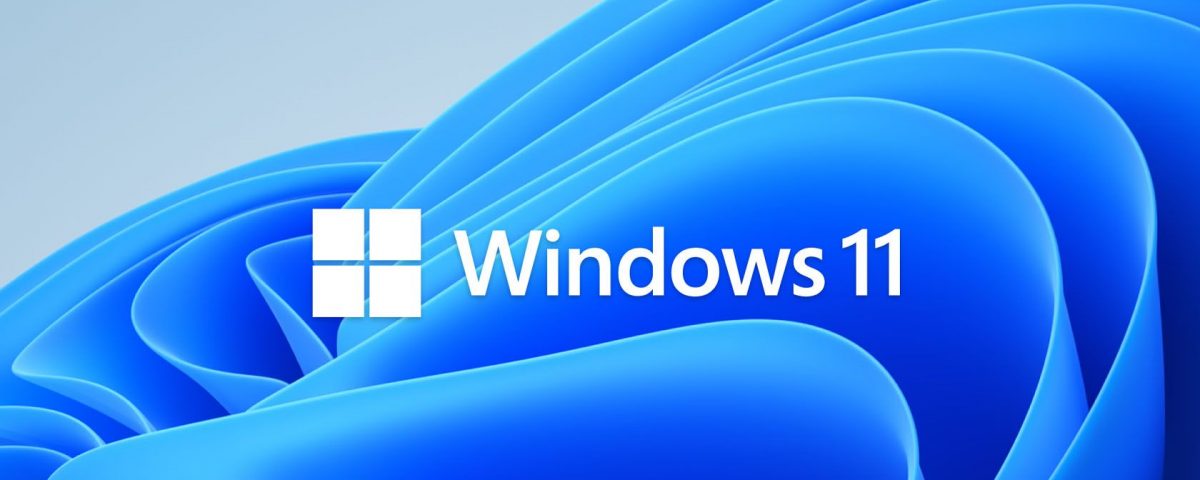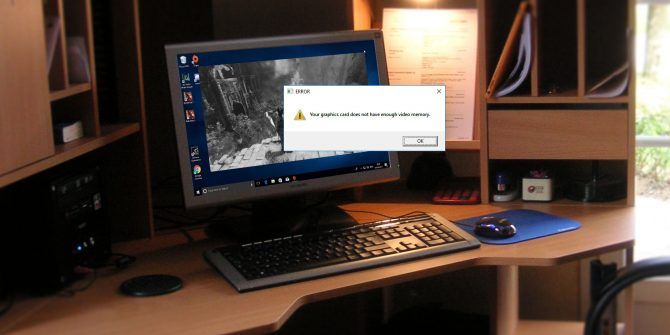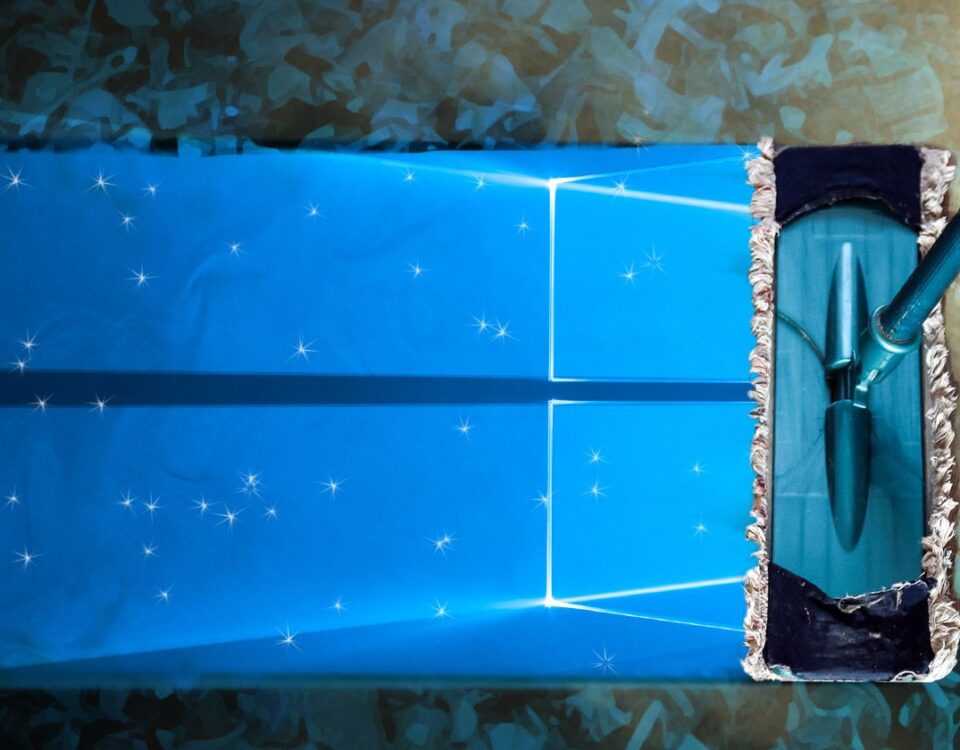
¿Cuándo puedo instalar Windows 11? ¿Soy elegible para actualizar a Windows 11? Respuestas a sus preguntas.
25 junio, 2021
Frame Rate vs. Refresh Rate: What’s the Difference?
25 junio, 2021How to Fix the “This PC Can’t Run Windows 11 Error”

Cómo solucionar el error "Esta PC no puede ejecutar Error de Windows 11"
Microsoft has officially announced Windows 11. Although the public release is touted for later this year, Microsoft’s PC Health Check app allows Windows 10 users to check if their PC meets the minimum system requirements to install Windows 11.
Unfortunately, running the PC Health Check app shows returns the This PC can’t Run Windows 11 error for many users.
So, how can you upgrade Windows 10 to Windows 11 without encountering the error message?
What Is the Windows 11 Upgrade Error Message?
The full error message reads:
This PC can’t run Windows 11—While this PC doesn’t meet the system requirements to run Windows 11, you’ll keep getting Windows 10 updates.
You may also see the following error:
- This PC must support TMP 2.0.
- This PC must support Secure Boot.
If you are experiencing similar errors and wondering if you need to upgrade to new hardware to install Windows 11, this is the article you need.
What Are the System Requirements to Install Windows 11?
Interestingly, the official Windows 11 system requirements aren’t the most intensive, and most modern systems should support it out of the box. However, there are some upgrades from Windows 10.
The following are the system requirements to install and run Windows 11:
- 1GHz 64-bit processor
- 4GB of RAM
- 64 GB of storage space
- System firmware that supports UEFI, Secure Boot capable
- Trusted Platform Module (TPM) 2.0.
Now, if you meet the hardware specifications and still face this PC can’t run Windows 11 error when using the PC Health Checkup app, you can fix it by tweaking a few settings in your BIOS/UEFI setup.
You may also encounter said error when installing Windows 11 through a bootable drive or setup file from the mounted ISO.
What Is UEFI Boot Mode?
UEFI (Unified Extensible Firmware Interface) is a booting method designed to replace BIOS (Basic Input Output System). In the legacy boot, the system uses BIOS firmware for booting.
In general, installing Windows using the newer UEFI mode is recommended as it comes with more security features such as Secure Boot than the legacy BIOS mode. You can learn more about BIOS here.
What Causes the “PC Can’t Run Windows 11 Error?”
This error occurs when you run the PC Health Check app to check if your PC supports Windows 11 or trying to install Windows 11 from the bootable flash drive or using the setup file from the mounted ISO.
For Windows 11 to be compatible with your computer, it must support UEFI with Secure Boot, and TPM 2.0 ( Trusted Platform Module) must be enabled.
Since Windows 11 requires a UEFI Secure Boot compatible system, the setup will fail to detect required features if you have installed Windows 10 via the legacy boot mode.
This will trigger the This PC can’t install Windows 11 error as the system requirements are unmet. Even if your PC support both Secure Boot and TMP 2.0, you may still have to enable them to resolve the error manually.
If you use legacy boot mode, you need to set the Boot Mode to UEFI in your BIOS setup to enable the Secure Boot feature (and potentially switch TMP 2.0 on, too).
How to Fix the “This PC Can’t Run Windows 11 Error?”
To fix this error, you should set the Boot Mode to UEFI and enable Secure Boot, and then make sure TPM 2.0 is enabled on your computer. Please note that the tab names may vary between manufacturers, but the instructions should translate roughly across hardware.
1. Enable Secure Boot in Windows 10
Follow these steps to enable Secure Boot compatibility in Windows 10.
- Close all the open Windows and save your work. Then shut down your PC.
- Restart your system and start pressing F2 to enter BIOS setup. Different laptop and PC manufacturers may use other function keys such as F12, F10, F8, or Esc key to enter BIOS. If you need help, refer to our guide on how to enter BIOS for more tips.
- In the BIOS setup utility, use the arrow keys to open the Boot tab. Highlight Boot Mode and check if it is set to Legacy.
- To change the Boot Mode, press Enter while the Boot Mode is highlighted.
- Choose UEFI from the options. Use the Up and Down arrow keys to select UEFI, and hit Enter to select the option.
- Next, open the Security tab.
- Highlight the Secure Boot option using the arrow keys and hit Enter.
- Choose Enabled to enable Secure Boot on your PC.
Once you have enabled Secure Boot and UEFI in Boot Mode, make sure TPM 2.0 is also enabled for your PC. So, don’t close the BIOS setup menu yet.
2. Enable TMP 2.0 to fix the “This PC Can’t Install Windows 11 Error”
TMP 2.0 feature is accessible from the BIOS setup as well. Here’s how to do it.
- In BIOS/UEFI, open the Security tab.
- Scroll down and highlight the Trusted Platform Technology option, and hit Enter. On Intel laptops, you may see the Intel Platform Trust Technology option instead.
- Choose Enabled and press Enter to apply your selection.
- Save the changes and exit.
That’s it. You have successfully enabled Secure Boot compatibility and TMP 2.0 on Windows 10. Restart your PC, run the PC Health Checkup tool, or install Windows 11 to see if the error is resolved.
No Boot Device Found Error After Changing Boot Mode from Legacy to UEFI
You may encounter the No Boot Device Found error if you change the Boot Mode for an existing Windows 10 installation from Legacy to UEFI. However, there’s nothing to worry about.
You can easily boot into your existing Windows 10 installation by changing the Boot Mode to Legacy from UEFI again in the BIOS setup.
Next, use the MBR2GTP tool to convert your installation drive/disk from Master Boot Record (MBR) to the GUID Partition Table (GPT) without modifying or deleting data on the disk. You can learn more about using MBR2GRP here.
Once you have converted the drive, you can change the Boot Mode from Legacy to UEFI without the No Boot Device Found error.
Alternatively, if you are going to clean install Windows 11, make sure to install Windows 11 (or Windows 10) in the UEFI mode to prevent any issues in the future.
If the bootable drive does not show up in the Boot Manager after enabling Secure Boot, ensure it is formatted with the UEFI system in Rufus. If not, create a bootable drive again with the target system set to UEFI (CMS).
Now You Know How to Install Windows 11 Without Error
Windows computers with the BIOS legacy firmware enabled won’t be able to install Windows 11. Fortunately, you can easily fix the error by tweaking your BIOS setup utility to enable UEFI firmware mode to enable Secure Boot and TPM 2.0.
Read Next
About The Author






